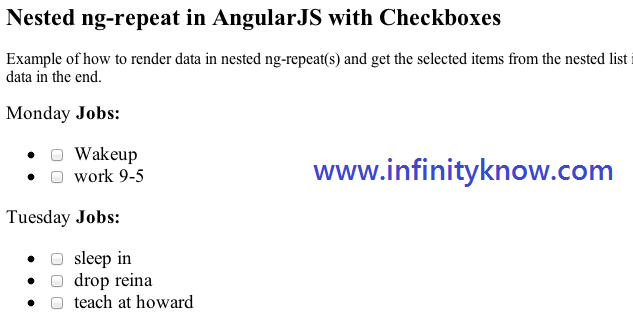

- Boostnote nested checkboxes update#
- Boostnote nested checkboxes code#
- Boostnote nested checkboxes professional#
Boostnote nested checkboxes code#
It also has support for saving snippets of code-similar to a ().īoostnote provides a live-preview option like VS Code and Bear, and it also offers support for auto-formatting Markdown tables and embedding images with drag/drop actions.
Boostnote nested checkboxes update#
You can also adjust the editor syntax theme with a large set of built-in themes, update the font size, and update the number of spaces to indent (or use tabs if you’re into that sort of thing).

It turns out that Boostnote does support both, and these keybindings are available from the settings menu. If it’s *”for developers,”* it had better have Vim or Emacs keybindings, or else there will be some disappointed developers. When I first heard about Boostnote, I thought its claim to be *”The intuitive and stylish note taking tool for developers”* was rather bold. # Does it have a fast and efficient editing experience? I needed a tool that had the organization and search features of Bear combined with the great editing experience of VS Code. I thought about how I had used VS Code and Bear in the past, but neither of them fully satisfied my criteria. Having thought about what I wanted in a note-taking app, I looked around to see what was available. # Why Boostnote Is a Great Note-taking Application Once again, you could also use a tool like () to convert your notes to multiple file formats, but a note-taking app should provide this functionality by default. Any great note-taking app should allow you to do this. Since Markdown is such a well-established format, it should be easy to convert your notes to a variety of file formats for easier consumption. They’ll most likely ignore any Markdown files you send them, but they will be much more likely to read your notes if you send them as PDFs. Sometimes, the people who could benefit from notes you took prefer Word documents or PDFs. We sometimes have to share notes with others, and it’s no surprise that there are people who don’t like the Markdown format. Unfortunately, we don’t always write notes for ourselves. It’s also nice to know that all of your notes live in one place instead of being tucked into random files spread throughout your hard drive. You can also search on the command line with tools such as (), (), or (), but not everyone is comfortable on the command line. Most modern note-taking applications utilize folders and tags to help organize your notes, but these features don’t come standard with most text editors unless you define your own format for adding tags and structure your filesystem accordingly. Organization and search capabilitiesĬreating/editing notes is a good first step, but a great note-taking app also needs to provide a way to find the notes you’ve already written. But it should have other text-editing features that modern text editors provide: syntax highlighting, auto-formatting, live-preview mode, etc. I’m not saying that a great note-taking app has to have Vim keybindings. As a Vim user, I’ve grown accustomed to Vim keybindings for navigation and editing, and I feel that my productivity is limited when I’m using an application that doesn’t support macros or offer a command mode.
Boostnote nested checkboxes professional#
After some careful reflection, I’ve found that I need to take more notes in both my personal and professional life. I find myself trying to hold onto as much context about these responsibilities as I can, but I can’t seem to remember all of the necessary information. Recently, my schedule has become quite busy, with various responsibilities competing for my time and focus.


 0 kommentar(er)
0 kommentar(er)
